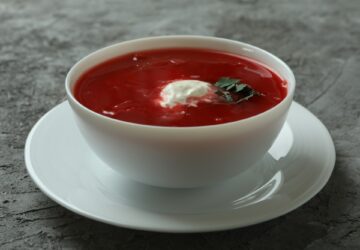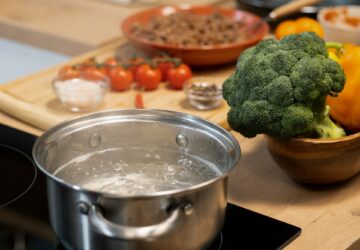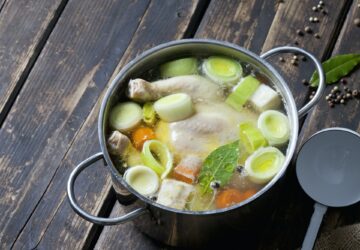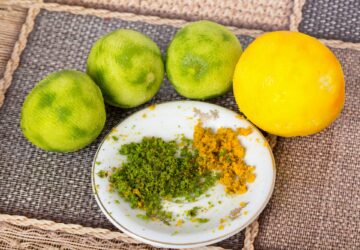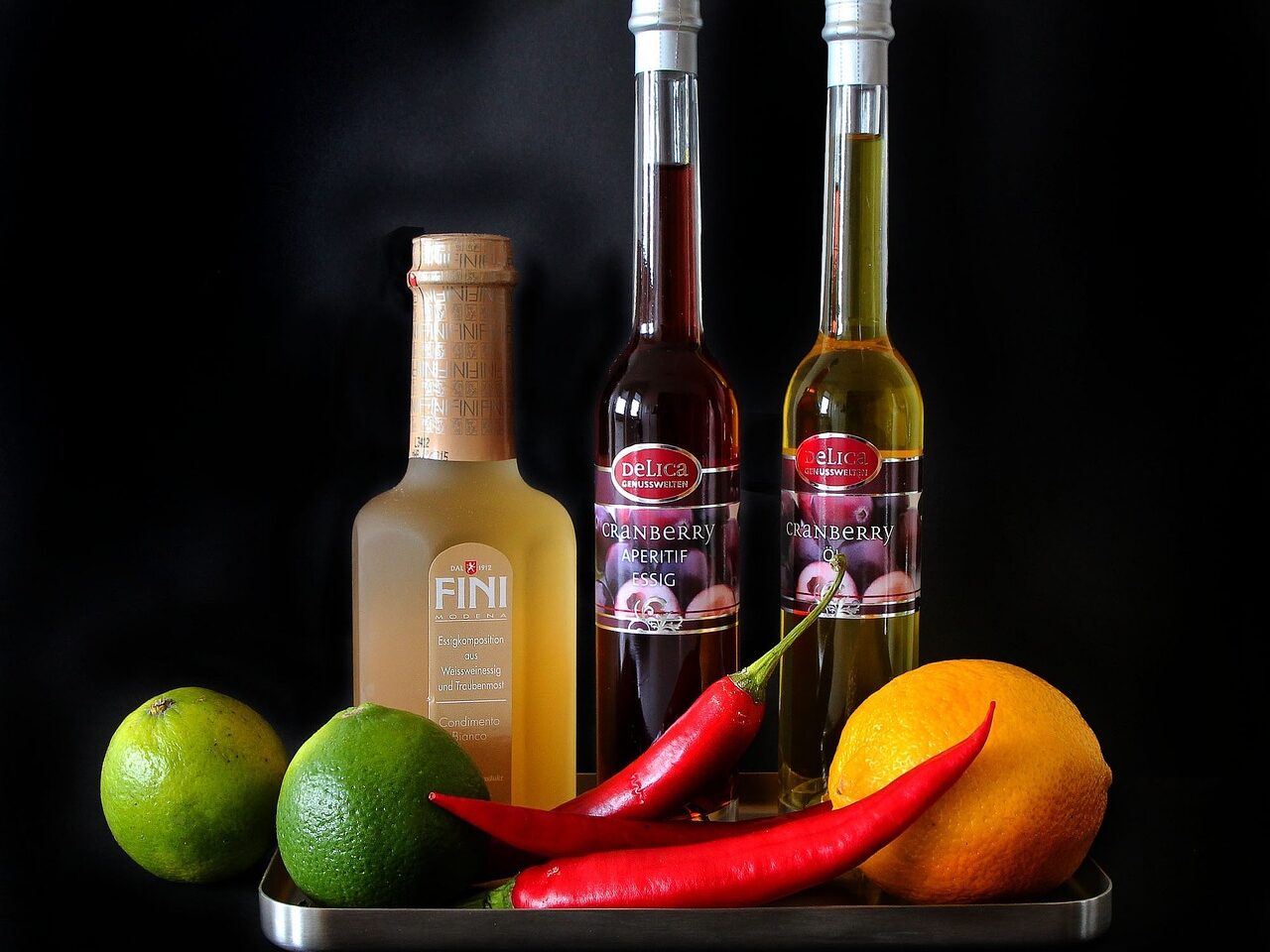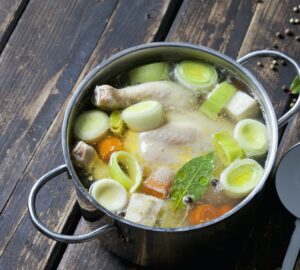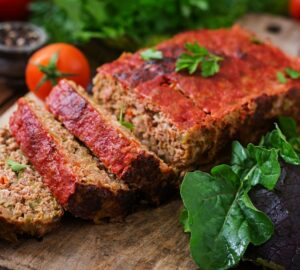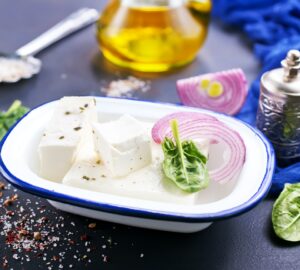As a culinary arts instructor, it’s essential to educate students about various flavor enhancers that can elevate their dishes and bring out the best in the ingredients they use. Flavor enhancers come in many forms and can be utilized to add depth, brightness, or contrast to a dish. Here, we’ll explore several flavor enhancers, discussing their unique properties and how to use them in cooking.
- Salt: One of the most fundamental flavor enhancers, salt is used in virtually every cuisine worldwide. It not only enhances the natural flavors of ingredients but also helps suppress bitterness and balance sweetness. Salt comes in various forms, such as table salt, sea salt, and kosher salt, each with its distinct texture and taste. Use salt judiciously during the cooking process and when seasoning to avoid overpowering your dish.
- Acids: Acids, such as citrus juices (lemon, lime, orange), vinegar (apple cider, balsamic, rice), and even yogurt, can brighten and balance flavors in a dish. They help to cut through the richness, add a tangy note, and enhance the natural flavors of other ingredients. Acids can be used in marinades, dressings, sauces, or as a finishing touch to a dish.
- Sugars: Sweetness can help balance acidity, bitterness, and spice, making it an essential flavor enhancer in many dishes. Sugars come in different forms, such as granulated sugar, brown sugar, honey, maple syrup, and molasses, each with its unique flavor profile. Use sugars to add sweetness and depth to sauces, glazes, and dressings or to create a balance in savory dishes.
- Umami-rich ingredients: Umami, often referred to as the fifth taste, is the savory, mouthwatering flavor found in ingredients like soy sauce, fish sauce, anchovies, tomato paste, and aged cheeses. Umami-rich ingredients add depth and richness to dishes, making them more satisfying and delicious. Incorporate these ingredients into sauces, soups, and stews for an umami boost.
- Spices: A wide range of spices can enhance the flavor of your dishes, such as cumin, coriander, cinnamon, and paprika. Spices can add warmth, depth, or heat, depending on their specific properties. Toast spices in a dry pan to release their essential oils and intensify their flavor before incorporating them into your dish.
- Fresh herbs: Fresh herbs like basil, cilantro, parsley, and mint can add brightness, freshness, and a burst of flavor to a dish. Use them as a garnish, in marinades, or as an ingredient in sauces, soups, and salads. Remember that fresh herbs are delicate and should generally be added towards the end of the cooking process to preserve their flavor.
- Aromatics: Aromatics are ingredients like onions, garlic, ginger, and shallots that add depth and complexity to dishes. They provide the foundation for many recipes and can be used to create flavorful bases for sauces, soups, and stews. Sauté aromatics in oil or butter to release their flavors and create a delicious starting point for your dish.
- Fats: Fats, such as butter, olive oil, and coconut oil, can enhance the flavor and mouthfeel of a dish. They help to distribute flavors evenly, carry aromatic compounds, and add richness to a dish. Use fats to sauté, roast, or fry ingredients, or as a base for dressings and sauces.
- Mustard: Mustard, whether in seed or prepared form, adds a tangy, pungent flavor that can enhance and balance other flavors in a dish. It can be used in marinades, dressings, sauces, and as a condiment. Mustard comes in various forms, such as Dijon, whole grain, and yellow mustard, each with its distinct flavor profile and intensity.
- Alcohol: Alcohol, such as wine, beer, and spirits, can add depth, complexity, and unique flavors to a dish. The alcohol content cooks off during the cooking process, leaving behind a rich flavor that complements and enhances other ingredients. Use alcohol in deglazing, marinades, sauces, and reductions.
- Fermented ingredients: Fermented ingredients like kimchi, sauerkraut, and miso provide a tangy, complex flavor that can enhance dishes and add an interesting contrast. They also offer potential health benefits due to their probiotic content. Incorporate fermented ingredients into soups, stir-fries, and grain bowls for an extra layer of flavor.
- Nuts and seeds: Nuts and seeds can add texture, richness, and depth to a dish. Toast nuts and seeds to intensify their flavors and use them as a garnish, in sauces, or as a base for crusts and coatings. Popular choices include almonds, pecans, walnuts, sesame seeds, and sunflower seeds.
- Chili peppers: Chili peppers, whether fresh, dried, or in the form of hot sauce, can add heat and flavor to a dish. They come in various heat levels and flavors, from smoky and sweet to bright and fruity. Use chili peppers to add spice and complexity to sauces, marinades, and soups.
- Extracts and essences: Extracts and essences, such as vanilla, almond, and rosewater, provide concentrated flavors that can enhance and elevate a dish. They are commonly used in baking and dessert recipes but can also be used in savory dishes for an unexpected twist.
- Dried fruits: Dried fruits, such as raisins, apricots, and dates, can add a touch of sweetness and chewy texture to a dish. They work well in both sweet and savory recipes, adding complexity and contrast. Use dried fruits in salads, grain dishes, and baked goods.
- Stocks and broths: Stocks and broths, made from simmering bones, vegetables, and herbs, provide a flavorful base for soups, stews, and sauces. They add depth and richness to a dish and can be used to deglaze a pan or as a cooking liquid for grains and legumes.
Flavor enhancers are crucial tools for any aspiring chef or home cook, as they can transform a dish from ordinary to extraordinary. By understanding the unique properties and applications of these flavor enhancers, you can create delicious and harmonious dishes that showcase the best of your ingredients. Experiment with different combinations and techniques to find the perfect balance of flavors that suit your palate and elevate your culinary creations.
